The Idea of Iran: The Age of the Great Saljuqs
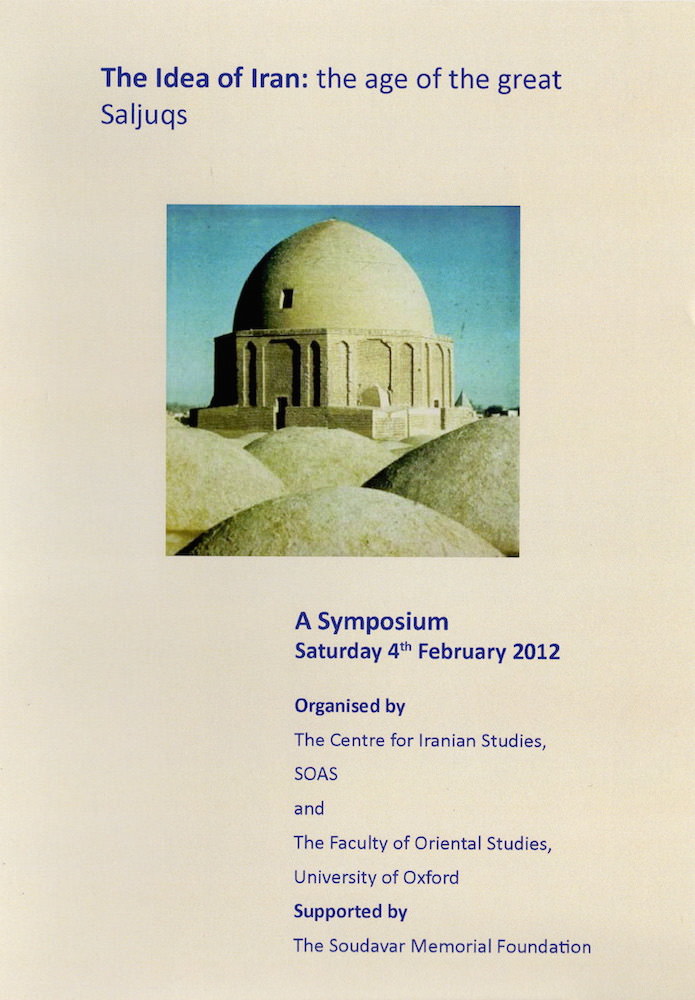
The ninth programme in our ‘The Idea of Iran’ series will focus on the age of the Great Saljuqs (11th and 12th centuries CE). The new Turko-Persian symbiosis that had emerged under the Samanids, Ghaznavids and Qara-Khanids came to fruition in a period that combined imperial grandeur with extraordinary artistic achievement. Under the Saljuqs a system of government based on Turkish ‘men of the sword’ and Persian ‘men of the pen’ was consolidated and subsequently endured for centuries. The same era witnessed major developments also in religious institutions and ideas. With Saljuq support sunni orthodoxy was reinforced, and in Shi’ism, the same period saw the high point of Isma’ilism, with the Fatimid caliphate dominating the western Dar al-Islam. The Saljuq Age presents us with a wealth of themes to explore and unanswered questions to debate in the 2012 ‘Idea of Iran’ symposium.
Speakers
- Vanessa Van Renterghem
- David Durand-Guedy
- Farhad Daftary
- Ali-Asghar Seyed-Ghorab
- Alexey A. Khismatulin
- Carole Hillenbrand
- Robert Hillenbrand
- Oliver Watson
Baghdad: a view from the edge on the Saljuq empire
Dr Vanessa Van Renterghem, Institut National des Langues et Civilisations Orientales (Inalco,Paris) & Institut Français du Proche-Orient (Ifpo, Beirut)
The control of Saljuq Sultans over Baghdad was less a Sunni liberation from the Buyid Shi’i rulers than a new tutelage over the Abbasid caliphate. For more than half a century, the Caliphs continued to be deprived of an army and were at the head of a highly reduced administration, while the Saljuq Sultans were actually ruling; nevertheless, both authorities shared control over the city. This contribution examines the balance of power between Caliphs, Sultans and the local population and underlines the slow recovery of Abbasid power over Iraq during the twelfth-century CE.
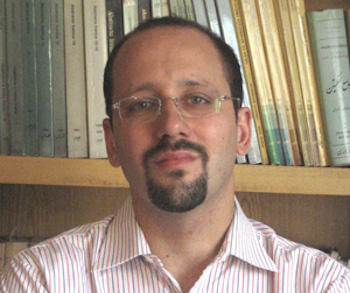
What Does the History of Isfahan Inform Us About Iranian Society During the Saljuq Period?
Dr Durand-Guédy, Research Associate, Martin-Luther-Universität Halle-Wittenberg
While the political history of Iran during the Saljuq period has been fairly well investigated, the evolution of Iranian society is far less known. Isfahan, which played the role of capital before and after the Turkish conquest, represents an ideal frame through which to scrutinise what happened at the local level: what was the attitude of the population towards the coming of the Turks? How was local society transformed by the Saljuq state? How did it react to the collapse of central authority and to the endemic warfare in Western Iran which lasted until the Mongol invasion?
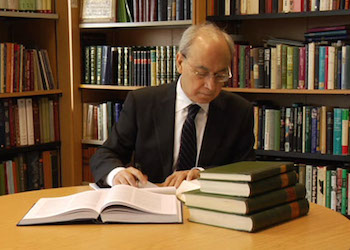
Ismaili-Saljuq Relations: Conflict and Stalemate
Dr Farhad Daftary, Co-Director, The Institute of Ismaili Studies and Co-Editor, Encyclopaedia Islamica
In 1090, the Persian Ismailis established a state of their own in the midst of the Saljuq sultanate centred at the fortress Alamut. Its founder, Hassan-i Sabbah (d. 1124 CE), designed a policy of uprooting the Saljuq Turks whose alien rule was detested by Persians of different social classes. Hassan failed to attain his objective but the Saljuqs, despite their much superior military power, did not succeed in dislodging the Ismailis from their network of fortress communities. This paper will address the nature of Hassan’s anti-Saljuq policy, and the reasons for the Ismailis’ survival as well as the circumstances which led to stalemate in Ismaili-Saljuq relations.
Images into Words: Metaphors as Hallmarks of Poetic Individuality
Dr Ali-Asghar Seyed-Ghorab, Associate Professor and Chairman, Department of Middle Eastern Studies, Leiden Institute for Area Studies (Leiden University)
In modern scholarly discussions, on early Persian poetic stylistics, the three main Ghaznavid poets: Farrokhi, Manuchehri ‘Onsori are usually named in one breath. In this paper, I would like to put forward the hypothesis that each of these poets has a completely different way of contriving metaphors and imagery. While one relies on short metaphors to illustrate an idea, another uses extended metaphors, and a third tends to use riddling metaphors. I will show how metaphors became the hallmark for individual poets to show their virtuosity and poetic veneer, competing with other court poets.
The Mirrors for Princes Fabricated at the Saljuq Court: The Siyasat-name (Siyar al-muluk) by Nizam al-Mulk and the bi-partite Nasihat al-muluk by al-Ghazali
Dr Alexey A. Khismatulin, The Institute of Oriental Manuscripts, St Petersburg
Some of the texts written in the Mirrors for Princes’ genre and ascribed to famous statesmen or outstanding Muslim scholars are the subject of false attribution or deliberate fabrication. This paper focuses on two outstanding cases of counterfeiting at the Saljuq court: the Siyar al-muluk (Siyasat-name), ascribed to the famous Saljuq wazir Nizam ul-Mulk (d. 1092 CE), and the second part of the Nasihat al-muluk, attributed to al-Ghazali (d. 1111 CE). Both texts were written in the twelfth-century CE and their fates are so closely entwined, and so similar to each other, that they deserve to be studied together.
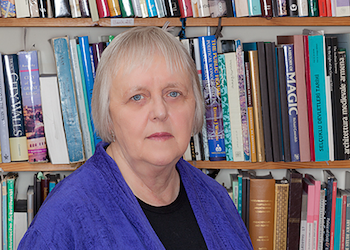
Structures of Power and Influence in Seljuq Iran: The Case of Nizam al-Mulk
Professor Carole Hillenbrand, FBA, OBE, Professor Emerita of Islamic History, University of Edinburgh
This lecture looks at the remarkable career of the famous Persian vizier, Nizam al-Mulk (d. 1092 CE). He held this key position for over 30 years, serving two Turkish Sultans in the heyday of Seljuq. His role in Seljuq government, both as a theorist and practitioner will be assessed. The lecture will also explore the motives behind his patronage of madrasas bearing his name in key cities of the Seljuq empire.
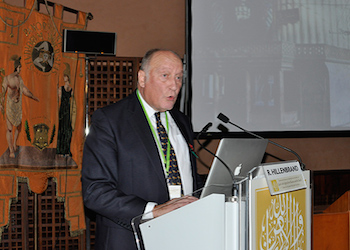
The Friday Mosque of Isfahan: The Crowning Achievement of Seljuq Architecture?
Professor Robert Hillenbrand, Emeritus Professor of Islamic Art, University of Edinburgh
This paper will test the frequently made claim that the Friday Mosque of Isfahan in its Seljuq incarnation is the quintessential Seljuq building and determined the future of the Iranian mosque. The lecture will identify the key innovations in form, structure and decoration encountered in this iconic monument and will discuss these both in their contemporary political milieu and in the context of the other regional schools that flourish in the Iranian world between the eleventh- and the thirteenth-centuries CE.

‘Seljuq’ Ceramics?
Professor Oliver Watson, I.M.Pei Professor of Islamic Art and Architecture, Khalili Research Centre, University of Oxford
The twelfth-century saw the development in Iran of a luxury ceramic industry of unprecedented sophistication. New technologies in making and decorating allowed wares of exceptional quality to be made in quantity, and these wares were traded all over Iran and beyond. A similar rise in inlaid metalwork parallels this ceramic activity, and together they form the basis of much discussion of ‘Seljuq’ art. This paper will examine the role of the Seljuqs in enabling and promoting such industries, and will question the assumption that strong government ensures artistic flourishing at every level.
Convenors

Professor Edmund Herzig holds the Soudavar Chair in Persian Studies at the Oriental Institute and is a Fellow of Wadham College at the University of Oxford. He received his BA in Russian and Persian from the University of Cambridge and his DPhil in Oriental Studies at the University of Oxford. His thesis was entitled ‘The Armenian Merchants of New Julfa, Isfahan: A Study in Pre-Modern Asian Trade’. His principal research interests are the contemporary history of Iran (currently focusing on the political and international history of the Islamic Republic, and on the relationship between history and national identity in modern Iran); Safavid history; the history of Armenia and the Armenians with special interest in the Armenians of Iran. Recent publications include ‘The Armenians: Past and Present in the Making of National Identity’, with M. Kurkchiyan (2005); ‘Regionalism, Iran and Central Asia’ in International Affairs (2004); ‘Venice and the Julfa Armenian Merchants’ in B. L. Zekiyan and A. Ferrari eds. ‘Gli Armeni e Venezia’.
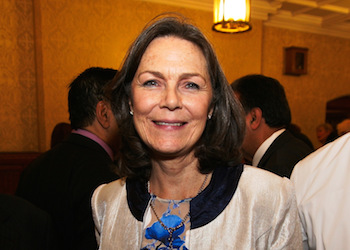
Dr Sarah Stewart is Lecturer in Zoroastrianism in the Department of the Study of Religions at the School of Oriental and African Studies, University of London and Deputy Director of the London Middle East Institute, also at SOAS. She has been co-convenor of the ‘Idea of Iran’ symposia since its inception in 2006 and has co-edited five volumes in the ‘Idea of Iran’ publication series with I.B.Tauris. She serves on the Academic Council of the Iran Heritage Foundation and has been a longstanding Fellow of the British Institute of Persian Studies, most recently serving as its Honorary Secretary until 2013, in which year Dr Stewart co-organised the acclaimed exhibition: ‘The Everlasting Flame: Zoroastrianism in History and Imagination’. Her publications include studies on Parsi and Iranian-Zoroastrian living traditions and is currently working on a publication (in collaboration with Mandana Moavenat) on contemporary Zoroastrianism in Iran.

